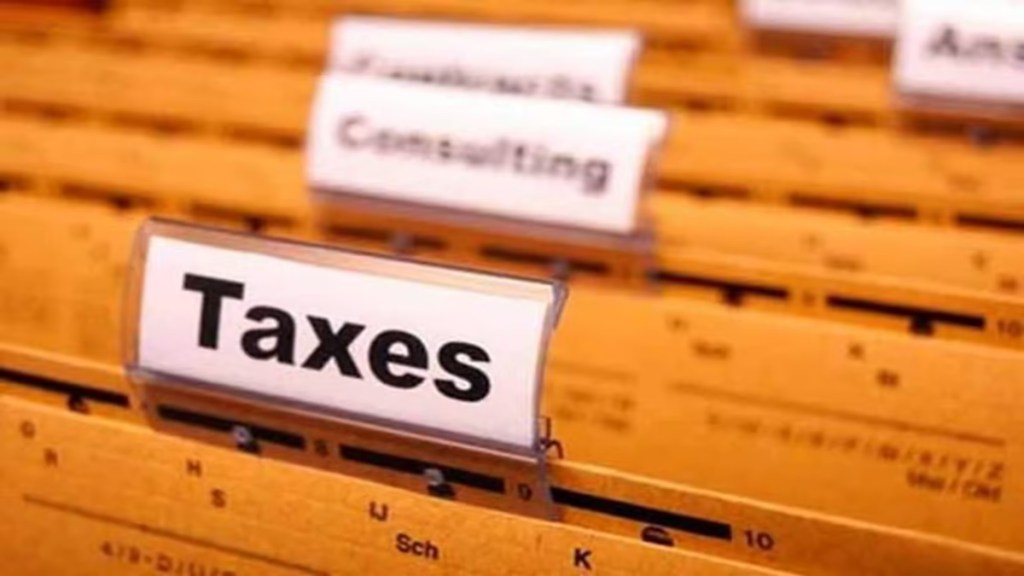By Neeraj Agarwala
A significant update from the Central Board of Direct Taxes (CBDT) could offer salaried employees a much-needed tax break on high-value purchases. The newly introduced Form 12BAA, in alignment with Union Budget 2024 guidelines, allows employees to offset Tax Collected at Source (TCS) and Tax Deducted at Source (TDS) on non-salary income against TDS on salary.
Form 12BAA, designed under sub-section (2B) of Section 192 of the Income Tax Act, enables employees to disclose earnings from sources such as fixed deposit interest, dividends, insurance commissions, and TCS collected on significant transactions, including purchase of cars and foreign currency purchases. With this disclosure, employees can ensure a more accurate deduction from their salary, offsetting tax collected on other income streams or high-value items they may acquire.
Streamlining tax disclosure
Before the introduction of Form 12BAA, employees had limited flexibility with TDS and TCS adjustments during the fiscal year. They typically had to wait until filing their Income Tax Return (ITR) at the end of the financial year to claim tax credits and request refunds for any excess TDS or TCS deducted.
Now, however, with Form 12BAA, employees can submit a consolidated statement of TDS and TCS to their employers, allowing employers to consider these credits when calculating TDS on salary. This enables a reduction in TDS on their salary income throughout the year, providing employees with higher disposable income by reducing the need for year-end refunds.
Key components of Form 12BAA
Form 12BAA introduces several elements intended to improve transparency and accuracy in tax calculations:
The form allows employees to report various non-salary incomes, such as dividends and insurance commissions, in a single document. Unlike previous forms, Form 12BAA includes TCS information on large purchases like cars and foreign travel, enabling tax credit alignment at the time of salary deductions.
By consolidating income sources, the form reduces the complexity of financial reporting, which benefits both employees and employers. Employees now have a formal method to present their full tax obligation to employers, ensuring greater accuracy in TDS deductions. The submission of Form 12BAA requires additional supporting documents, such as Form 27D (TCS receipt) for verification. Accordingly, they need to collect these documents from sellers at the time of purchase to avoid delays in claiming offsets. The form’s efficient reporting could result in improved cash flow, particularly advantageous during high-spending periods.
The introduction of Form 12BAA reflects the government’s ongoing efforts to ease tax filing for salaried employees, encouraging better tax management practices.
The writer is partner, Nangia & Co. Inputs from Neetu Brahma.
Disclaimer: Views expressed are personal and do not reflect the official position or policy of FinancialExpress.com. Reproducing this content without permission is prohibited.

